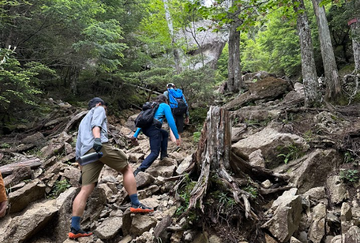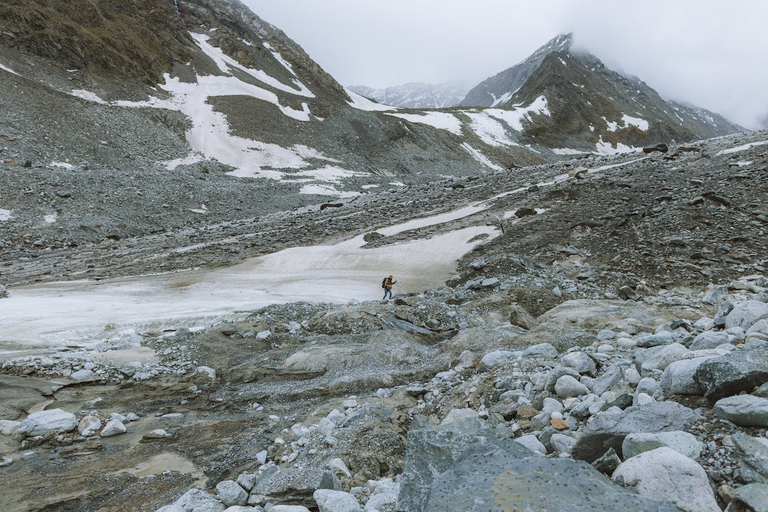For the seasoned outdoor geek, getting the most out of your adventure often boils down to mastering the details. One such detail, often debated in outdoor circles, is the art of layering. While every terrain and weather condition brings its own challenges, having a solid understanding of layering can make all the difference. In this guide, we delve deep into the science and strategy of layering, ensuring that you’re prepared, no matter what Mother Nature throws your way.
Why Layering Matters in Hiking
Hiking, especially in diverse terrains, exposes one to unpredictable weather patterns. Being too cold can be just as detrimental as overheating.
Proper layering can:
Regulate Body Temperature: By removing or adding layers, you can adjust to temperature fluctuations and maintain comfort.
Manage Moisture: Sweat is inevitable. Layering wicks away moisture, ensuring it doesn't linger on your skin, which can lead to rapid cooling or discomfort.
Protect Against Elements: Outer layers shield against rain, wind, and snow, ensuring the elements don’t put a damper on your adventure.
The Anatomy of Layering
Base Layer: This is all about moisture management. Materials like merino wool or synthetic fibers effectively wick sweat away from the skin, maintaining dryness.
Mid Layer: Think of this as your insulation. It traps heat, ensuring you remain warm. Depending on conditions, this could range from lightweight fleeces to down jackets.
Shell or Outer Layer: Your guard against the elements. Waterproof yet breathable, this layer ensures external moisture stays out while allowing internal moisture (sweat) to escape.
Supplementary Layers: For the intense cold, additional layers, or sub-layers between the above categories, may be used to reinforce heat retention.
Introducing Finetrack's 5 LAYERING® System
While the standard layering principle revolves around three layers, Finetrack has taken a more detailed approach with its 5 LAYERING® system to address nuanced needs:
L1 Elemental Layer®: This water-repellent, next-to-skin layer lets through sweat to the L2 base layer through fine mesh, keeping your skin dry by protecting your skin from touching wet base layer during the time the base layer is drying.
L2 Base Layer: Tailored for efficient sweat wicking, it's a blend of natural and synthetic fibers, ensuring comfort meets functionality.
L3 Mid Layer: Goes beyond insulation. With superior sweat management, it ensures you're warm without getting clammy.
L4 Mid Shell Layer: A layer of versatility and adaptability. Acting like a double pane window in tandem with L5 for enhanced warmth, it's equipped to face varying outdoor scenarios.
L5 Outer Shell Layer: The ultimate protector. Crafted to be waterproof, breathable, and flexible, it stands resilient against all nature has to offer.
Each layer in this system is meticulously designed to offer unparalleled benefits, both individually and collectively.
As outdoor aficionados, understanding the technicalities of gear enhances our experience. Layering is an art and a science. And while systems like Finetrack's 5-LAYERING® provide a detailed blueprint, the key is in understanding the principles and adapting them to our unique adventures.
Stay curious, stay prepared, and let every hike be a testament to your passion and knowledge.



